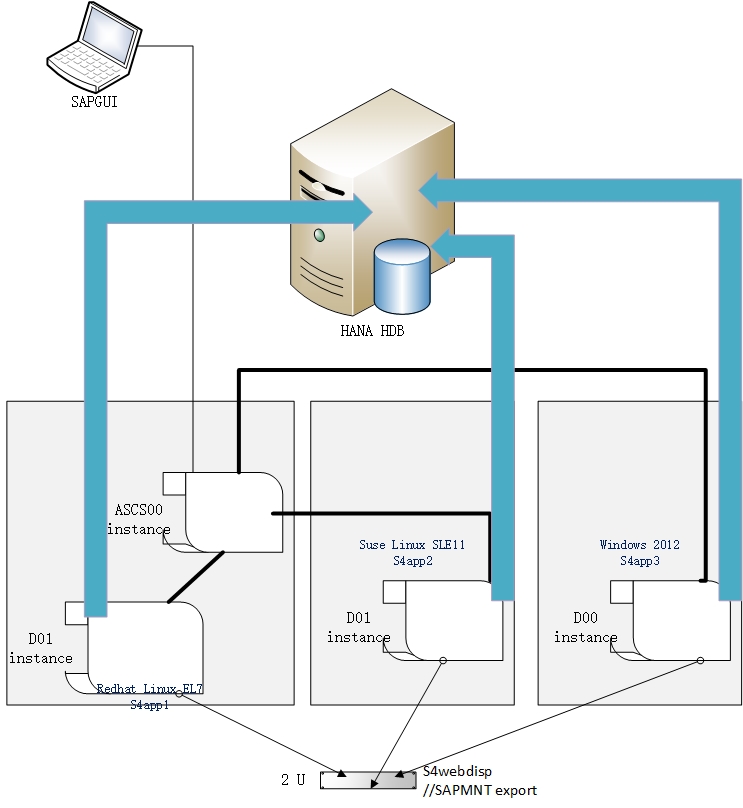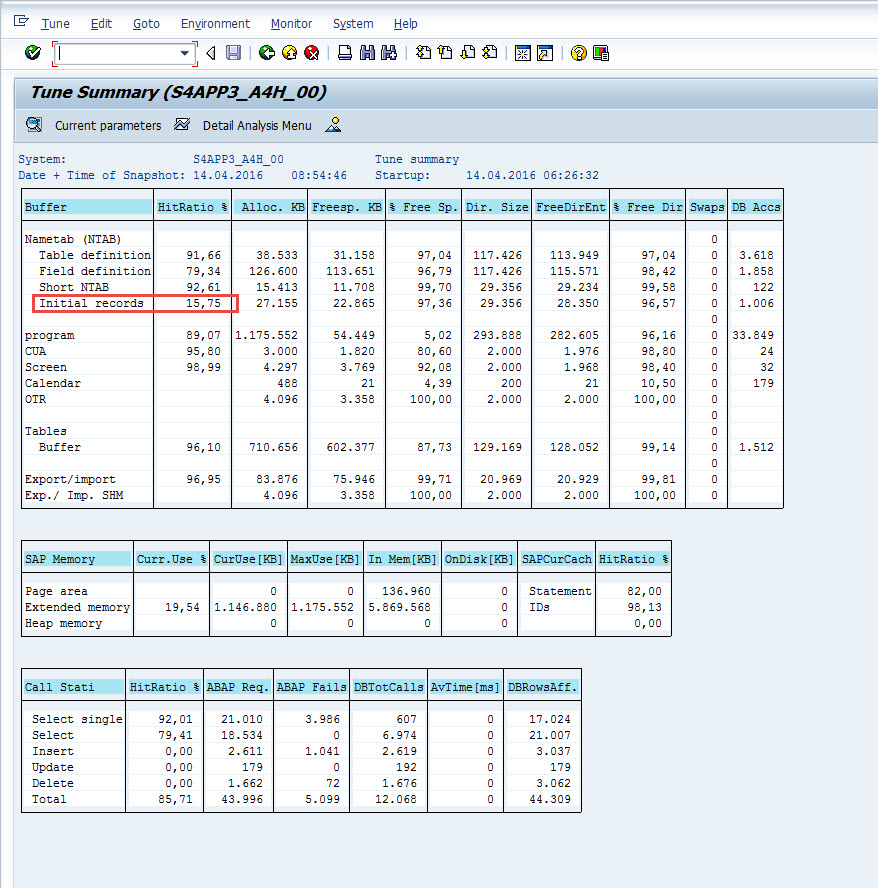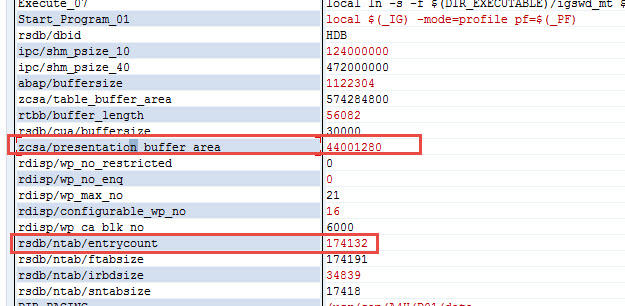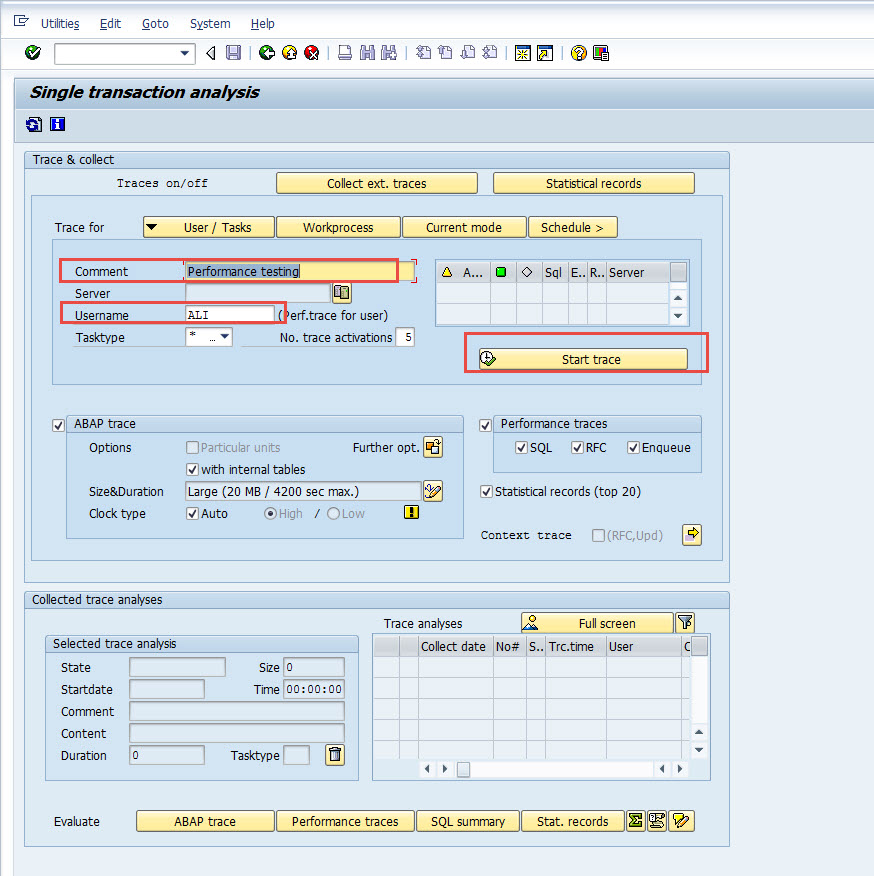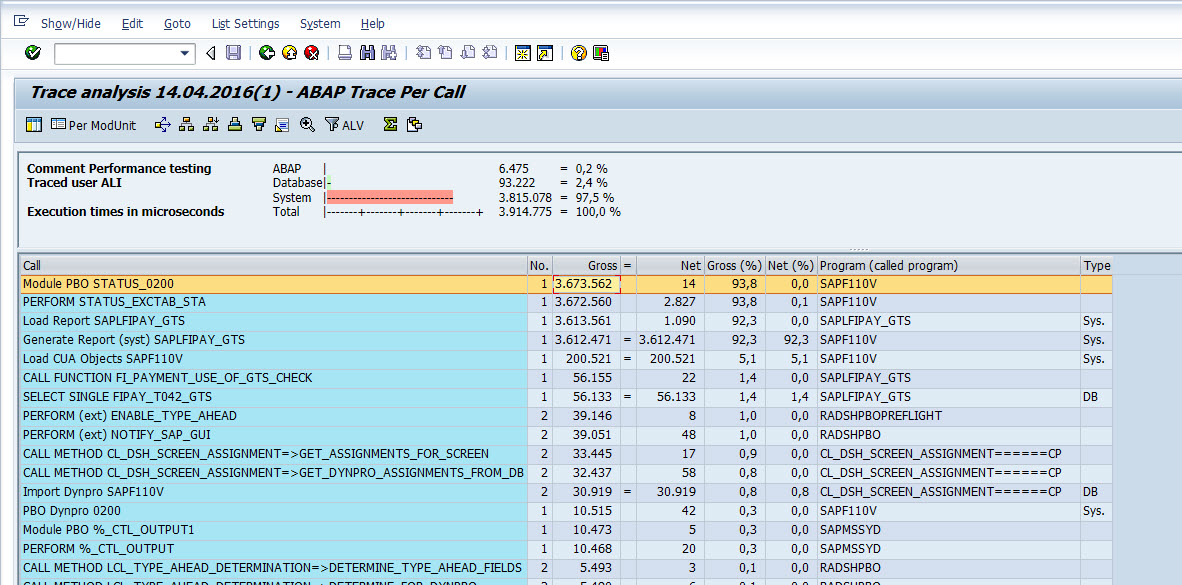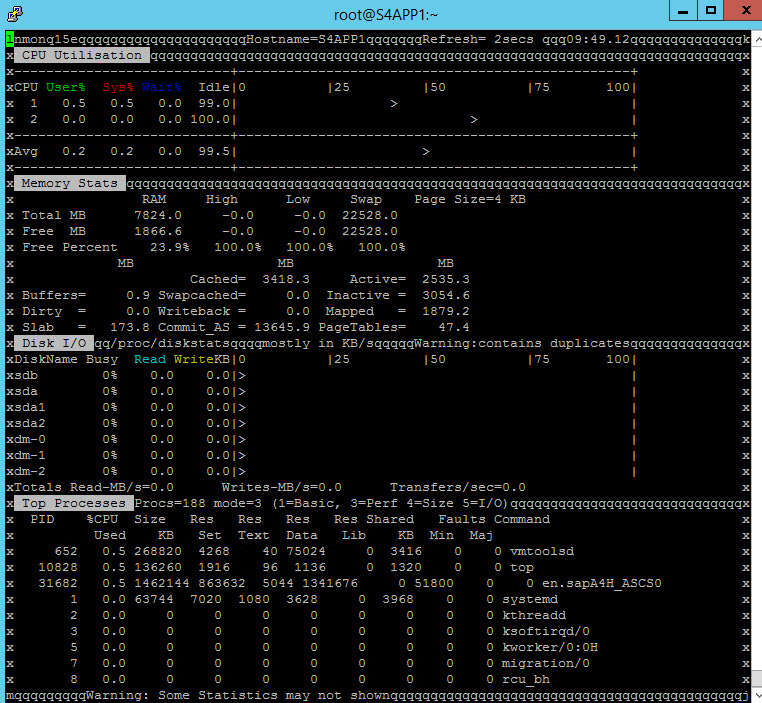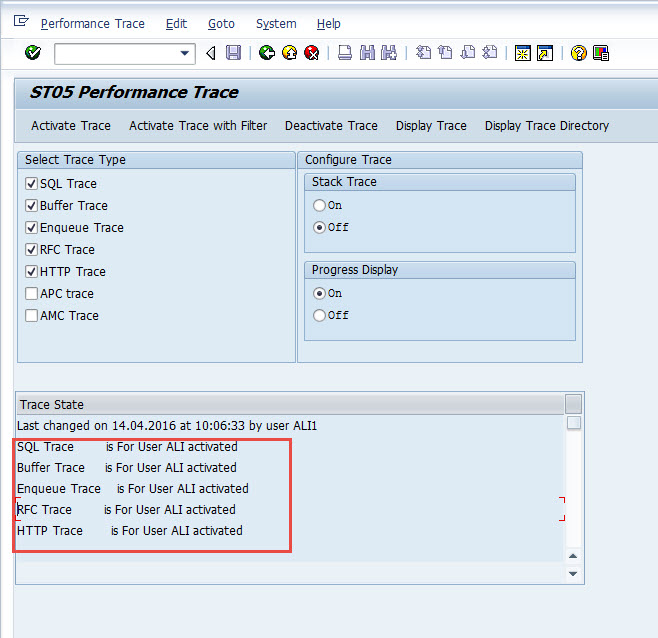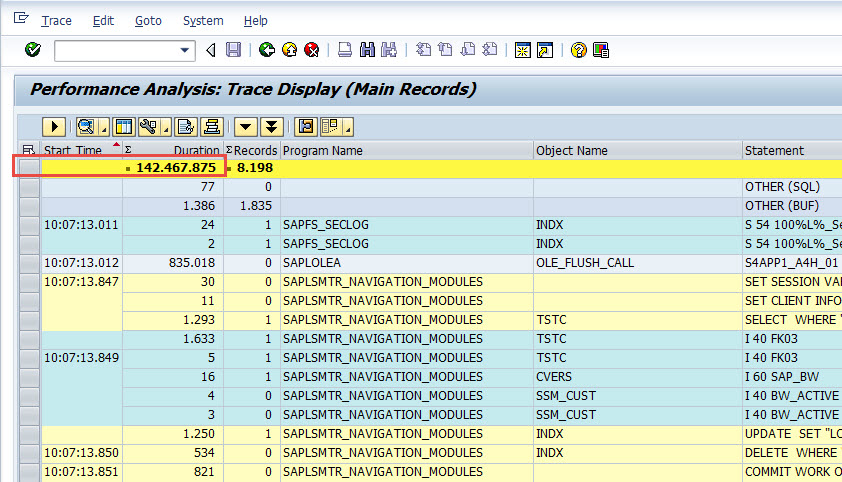To be able to resolve this issue, the answer is very clear: Increase the HANA HDB performance. The slowness is not related to anything from the application servers, dis-regarding the way we setup: 3 different OS, cifs/samba combined sapmnt export, kernel parameters, or network, etc. It's purely HANA Database performance causes the slow reaction.
Why HANA DB was slow? From a bigger picture perspective, there are other VMs consume resource from HANA DB VM. Especially the CPU/IO/Memory.
So we decided to do the following:
- Migrate all the HANA DB files to a separate faster RAID 1 array, meanwhile moved all the other VMs from that RAID 1 array to some other storage LUNs. So that HANA HDB can have kind of a 'dedicated' storage that won't be impacted by other VM activities.
- Reserve 10K+ MHZ CPU power for HANA DB
- Of the 150GB memory that we allocate for HANA HDB, reserve 100GB
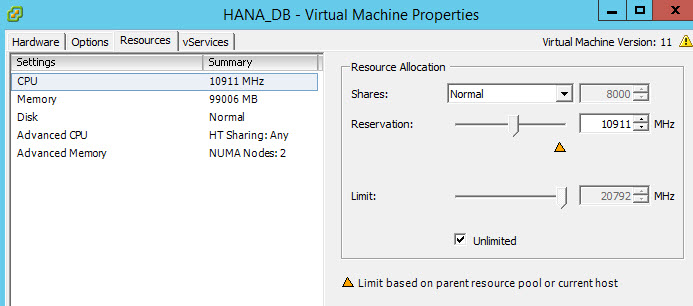
After finished all of these, we started the HDB server again. This time we noticed that the transaction reponse was much faster like 100x times!
Conclusion: Compared to other traditional databases such as Oracle, SQL server and DB2, HANA DB definitely requires more resource to run in a 'normal' way. We believe in a lot of Cloud service providers, they won't tell you whether or not your hosting HANA DB has the hardware resource dedication. In this case, you'll have to the performance analysis alone and show the evidence to the Cloud service provider.
I hope the above troubleshooting sessions are not too boring, and you're feel free to contact me if you have any further questions or doubt.
Cheers,
Adam Li
To be able to resolve this issue, the answer is very clear: Increase the HANA HDB performance. The slowness is not related to anything from the application servers, dis-regarding the way we setup: 3 different OS, cifs/samba combined sapmnt export, kernel parameters, or network, etc. It's purely HANA Database performance causes the slow reaction.
Why HANA DB was slow? From a bigger picture perspective, there are other VMs consume resource from HANA DB VM. Especially the CPU/IO/Memory.
So we decided to do the following:
- Migrate all the HANA DB files to a separate faster RAID 1 array, meanwhile moved all the other VMs from that RAID 1 array to some other storage LUNs. So that HANA HDB can have kind of a 'dedicated' storage that won't be impacted by other VM activities.
- Reserve 10K+ MHZ CPU power for HANA DB
- Of the 150GB memory that we allocate for HANA HDB, reserve 100GB

After finished all of these, we started the HDB server again. This time we noticed that the transaction reponse was much faster like 100x times!
Conclusion: Compared to other traditional databases such as Oracle, SQL server and DB2, HANA DB definitely requires more resource to run in a 'normal' way. We believe in a lot of Cloud service providers, they won't tell you whether or not your hosting HANA DB has the hardware resource dedication. In this case, you'll have to the performance analysis alone and show the evidence to the Cloud service provider.
I hope the above troubleshooting sessions are not too boring, and you're feel free to contact me if you have any further questions or doubt.
Cheers,
Adam Li

